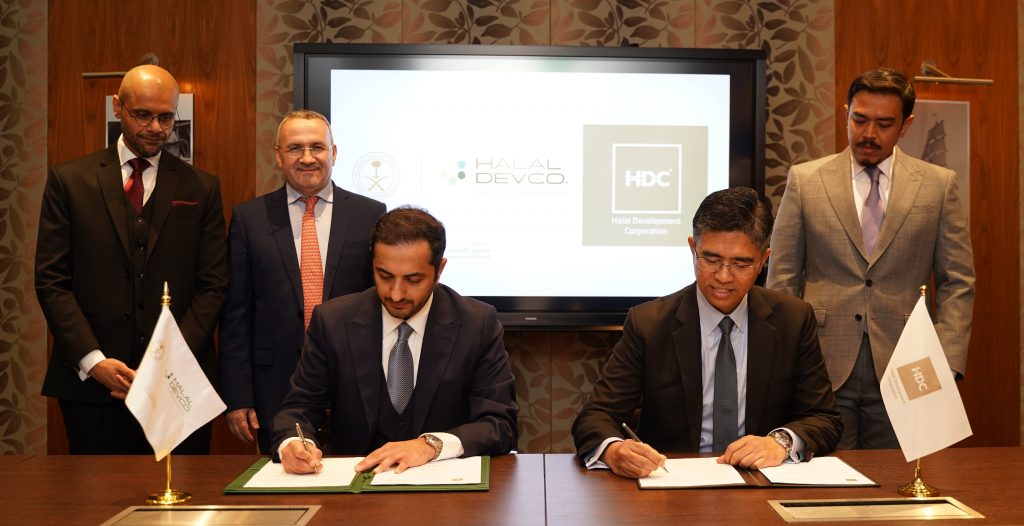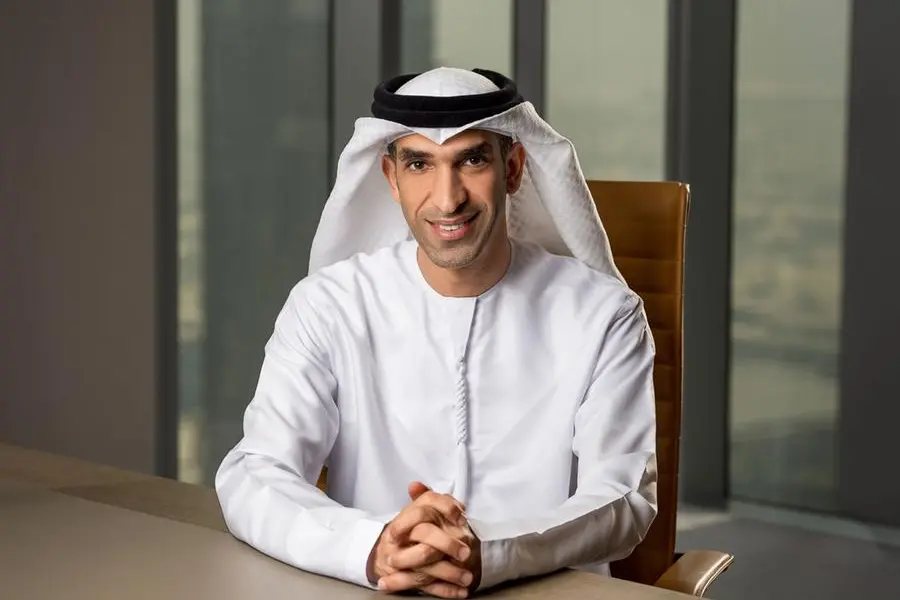
By John Brunton – www.thenational.ae
While French cuisine may now be officially recognised under Unesco World Heritage, and Paris can claim to be the world’s gastronomic capital, from its atmospheric bistros and brasseries to elegant Michelin-starred temples of gastronomy, the city is also a treasure trove of restaurants showcasing food from all over the Middle East and North Africa, with a vast choice of patisseries and bakeries, gourmet caterers and halal butchers. You’ll find these in every Parisian quartier, from the friendly corner couscous in the working-class Belleville neighbourhood to a chic Lebanese mezze restaurant on the Champs-Elysées.
One of the most exciting players on Paris’s food scene is Liza Asseily, a chef and entrepreneur, originally from Beirut, who has taken the City of Light by storm in the past five years, thanks to her glamorous restaurant and the adjacent boulangerie, which showcases contemporary Lebanese cooking.
“Liza” is right by the Paris Bourse, and while at midday the clientele is very much sharp-suited businessmen huddled over power lunches, the evening is a far more Middle Eastern affair, with chic ladies showing off expensive couture wardrobes.
I have never tasted such original dishes, such as her kafta samek, a delicate sea bream tartare with dill, or red mullet cooked with lemon, swiss chard and a sesame purée. Although based in Paris, where she has just opened a summer restaurant in the Galeries Lafayette, Liza also has a restaurant in Doha, with another opening in Beirut this year and projects planned for Istanbul and New York in the future. Bubbling with enthusiasm, the perfect guide to Paris’s Middle Eastern cuisine scene, she asks me to come to her restaurant at 10.30 in the morning, with the whole day to tour her favourite haunts.
Liza orders a taxi and then bustles me off to visit her bakery, next door to the restaurant. “I’m starving,” she tells me. “Let’s get the kitchen to rustle up a couple of signature sandwiches to eat on the journey. You simply must try the secret recipes of our chef.” Hassan Issa, who looks after the ovens in the restaurant and boulangerie, is a talented young man who Liza discovered in a village in South Lebanon and then whisked to Paris, where he has become a star in his own right. While the taxi driver is forced to block the traffic, Hassan prepares a delicious kafta sandwich, bursting with diced lamb, hummus, cornichons and tomatoes, and a club vegetarien, using traditional Lebanese bread, tolmeh, with sesame, thyme, labneh and fresh mint.
“Let’s bring one for the taximan too,” says Liza. “They really are the grumpiest Parisians anyone ever meets.” Finally, safely ensconced in the back of the cab, Liza begins to tell me about the best Middle Eastern food in Paris.
First we are going to the smart 15th arrondissement, on the Left Bank, which is the favoured residence of many Middle Eastern people living in Paris. Hidden away on a quiet sidestreet is Les Délices d’Orient, an épicerie that stocks every delicacy from across the Arab world. “When I’m depressed or homesick, the first thing I do is head straight here, where just walking through the door is like stepping back into my childhood – the same sweetmeats and pastries, the same aromas and flavours,” Liza says.
Although this is a quiet residential neighbourhood, the shop is packed with chic shoppers and the atmosphere resembles a private club where everyone seems to know each other, swapping gossip at the same time as doing the shopping. It is certainly difficult to resist the huge choice of dried fruits, sticky cakes and rich sweets, perfumed spices, pistachios, olives and honey, before you even reach the cheeses, hummus and tahini, exotic fresh vegetables and pungent botargo. Les Délices was opened 20 years ago by El Hawlly Romyo, who has transformed it from a pokey corner shop into a cornucopia of treats. He supplies 300 restaurants in Paris alone, and 1,500 across the rest of Europe. Last month, he opened a halal butcher’s shop just next door, already sought out by the best restaurants, but also catering for shoppers with its wood-fired oven for pizzas and bread, plus tempting takeaway dishes such as chicken shwarma, farrouj and beef fajita.
A couple of minutes’ walk away and we are in rue des Entrepreneurs, which looks like any other Parisian street, with its butchers and bakers, sunny cafe terraces where locals sit out enjoying a breakfast of croissant and pain au chocolat. But actually this is the place to come to taste the unique cooking of Iran. You can’t miss the huge sign on the window of the delicatessen Erkan advertising Iranian caviar. The charming and erudite owner, Monsieur Varam, runs a boutique that doubles as a cultural centre for émigrés, with poetry and political books alongside saffron, darbari rice, pomegranates and pistachios. For those who seriously want to splash out on caviar, be prepared that prices begin at €4,000 (Dh20,940) a kilo. Across the road is Mazeh, a simple canteen and caterer that for more than 20 years has been preparing what is recognised as the best Iranian food in Paris, while just down the road, competition is coming from a newcomer, Restaurant Cheminée. Although the decor here is decidedly dull – paper tablecloths and bare walls – the surprises are on Cheminée’s menu, where we discover complex, tasty dishes like ach rechteh, Iranian vermicelli with kidney beans, chickpeas, lentils and spinach, or baghali polo, rice heaped with succulent lamb, flavoured with dill.
Back in the taxi again, Liza tells me about a couple of Parisian foodie must-sees. “For the perfect rooftop views over the Notre-Dame and the Seine, everyone should stop off at the Institut du Monde Arabe.” The chic penthouse restaurant, Le Zyriab, is run by Noura, the name behind celebrated Lebanese restaurants all over Paris and London. Designed by the star architect Jean Nouvel, the institut is a cultural flagship for the Arab world in Paris, and few restaurants in the city have panoramic views that can compare with Le Zyriab, she says.
“It’s a short walk to the Mosquée de Paris, whose romantic restaurant and shady gardens are a magical place, whether you sit to sip thé à la menthe or feast on their speciality lamb and prune tagine served with cinammon semoule.”
The mosque was built in 1926. The largest in France and the third biggest in all Europe, its gardens are dotted with fragrant cedars from Algeria and Lebanon, and the salon is decorated with green Moroccan tiles, Tunisian pottery and giant copper tables. Although this is an important religious centre, the restaurant and hammam attract a broad clientele of Parisians, students and tourists.
But our next stop is the restaurant that inspired Liza to open her own place. Le 404 was the first exotic locale opened by the ultimate mover and shaker restaurateur, Mourad Mazouz, known all over the food world as Momo. “Momo just gets everything right,” enthuses Liza. “From the decor to the cuisine, from the music to the ambiance. Le 404 is still my favourite place for a Sunday brunch – the bread they bake is fantastic.”
The narrow streets here between the Pompidou Centre and the Les Halles shopping mall are seething with people day and night, especially rue Rambuteau; it’s difficult to stay on the pavement because of the line of people queuing outside a stall where the chef can scarcely roll and bake traditional man’ouches, or crepes, fast enough, sprinkled with thyme and then drizzled with olive oil. On the same street, Our Kebab has to be the only kebab shop that looks like a funky designer lounge bar.
Paris also has a host of busy North African markets selling the city’s cheapest food and vegetables in the rundown working-class neighbourhoods of Barbes and Belleville, but the one most worth visiting right now is the Marche d’Aligre, not far from the Bastille.
This is a quarter under transition, where the stalls are still staffed by immigrants from Algeria, Tunisia, Egypt and Morocco, hawking tomatoes from Brittany, Moroccan oranges and juicy mangoes from Senegal, while the shoppers are predominantly trendy Parisians – known here as Bobos, or bourgeois bohemians – who have decided that this is the latest hot spot to be living in. Everyone mixed in well here, but the poor Bobos don’t realise that every weekend when they come to do their shopping, the traders up their prices by 20 per cent to 30 per cent.
Aligre is where you’ll find some of the best Algerian patisseries such as La Bague de Kenza, halal butchers and traiteurs, and an exotic salon de thé, called La Ruche à Miel. Almost sated, Liza and I finish our tour de Paris at the end of this colourful street market, at Le Berbère, a favourite local restaurant, whose friendly owner, Hocine Bouaziz, greets every customer like a long-lost friend. The food here is simple and reasonably priced, and we can’t resist a huge bowl of couscous with spicy merguez sausages and kafta, chunky beef brochettes and their signature méchoui, long-roasted lamb.


